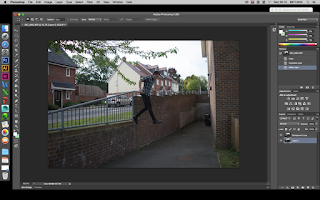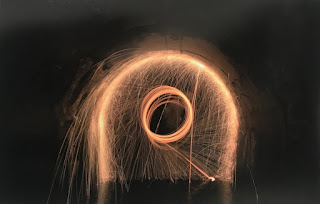Evaluation
Evaluation Throughout this project I have learnt that there are lots of different ways to use a camera to produce an outcome. I have learnt that a camera is not needed to create a image such as, a photogram and pinhole image. These techniques are not to be rushed as they need the right kind of conditions like the weather for a pinhole. I think I did well to develop through using the pinhole technique are some of my very first attempts were not a success. I feel like I turnt it into a strength. I think the area I could develop in is giving an area of specific object the focus point of the image. I think this could make an image more interesting. I could have improved by taking another set of images to prove and develop other skills besides landscapes. Although, I am pleased with my final images, I feel like a second set of photos may have be seen a irrelevant or be confusing compared with my first set. I maybe could have shown the different between order and chaos in the rural and u...





